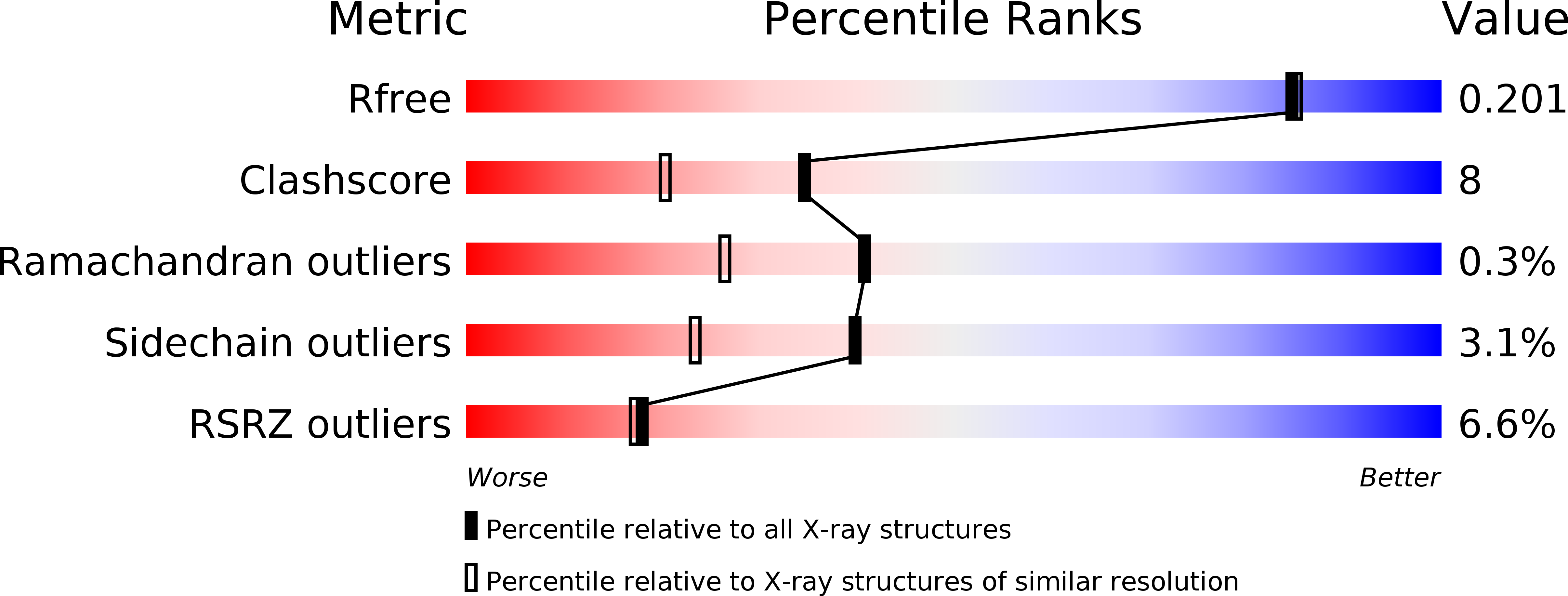
Deposition Date
2018-05-17
Release Date
2019-11-27
Last Version Date
2024-05-15
Entry Detail
PDB ID:
6GK0
Keywords:
Title:
HUMAN DIHYDROOROTATE DEHYDROGENASE IN COMPLEX WITH CLASS III HISTONE DEACETYLASE INHIBITOR
Biological Source:
Source Organism:
Homo sapiens (Taxon ID: 9606)
Host Organism:
Method Details:
Experimental Method:
Resolution:
1.85 Å
R-Value Free:
0.19
R-Value Work:
0.16
R-Value Observed:
0.16
Space Group:
P 32 2 1


